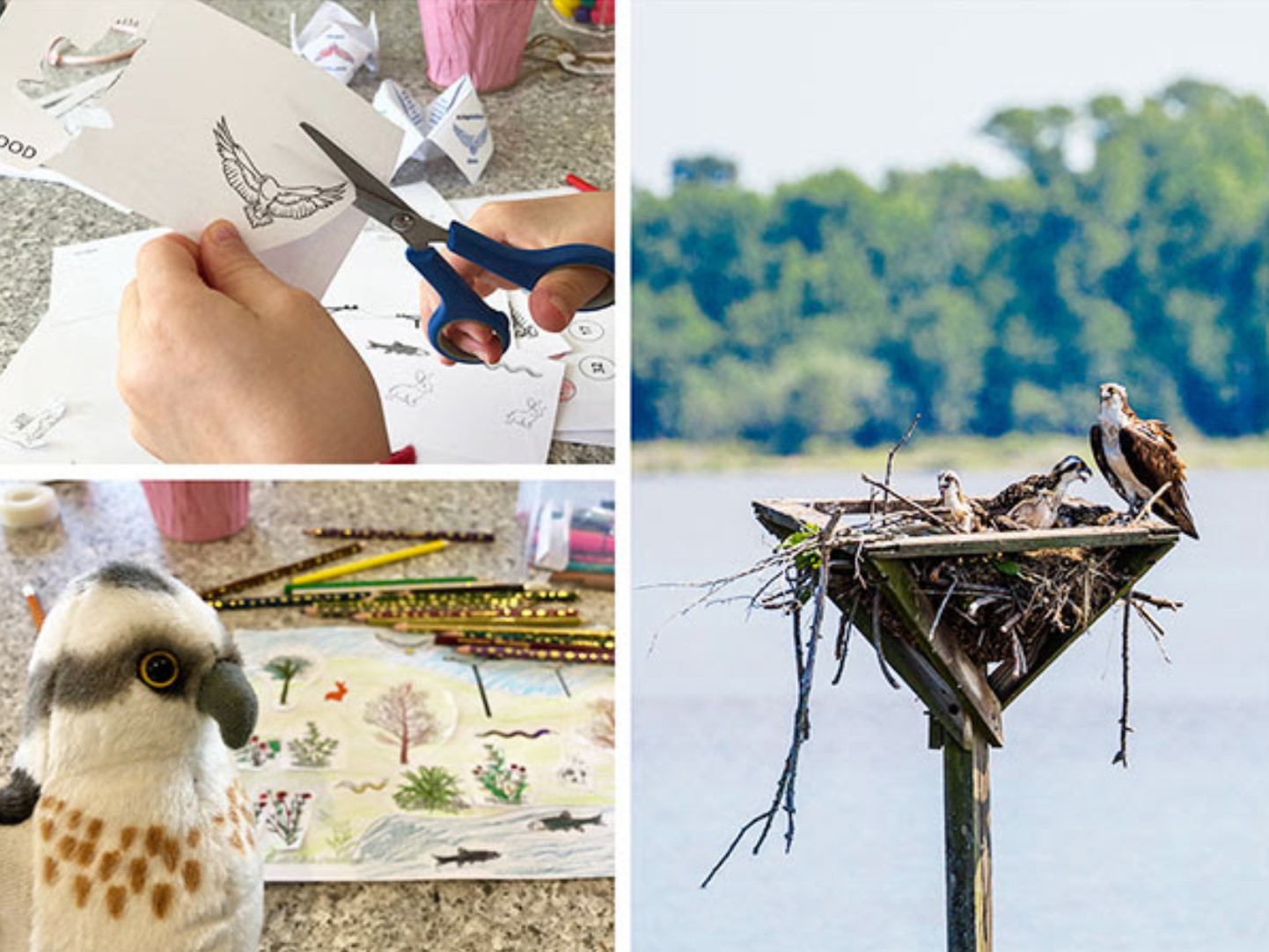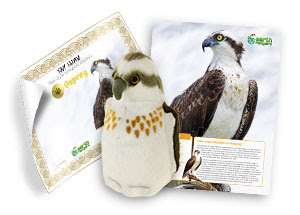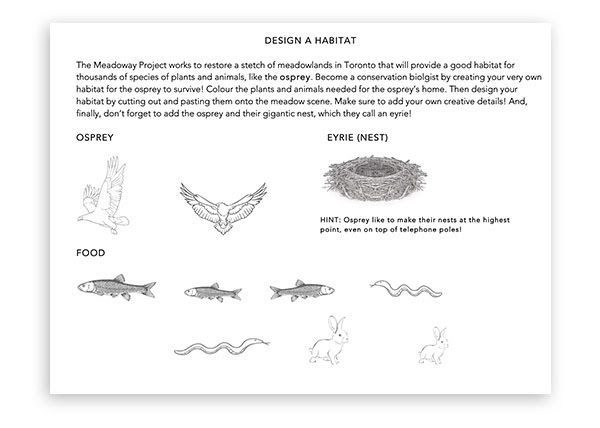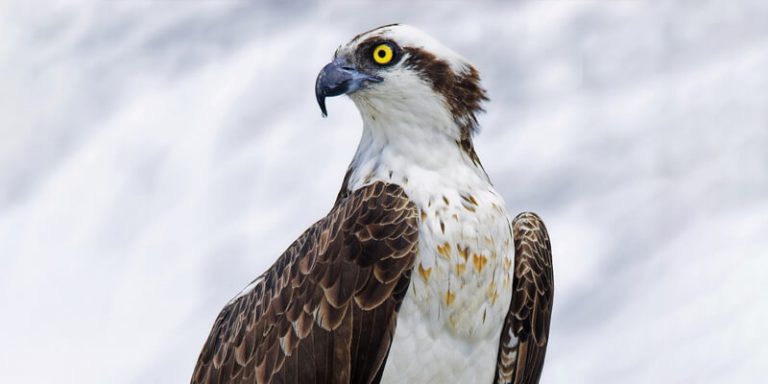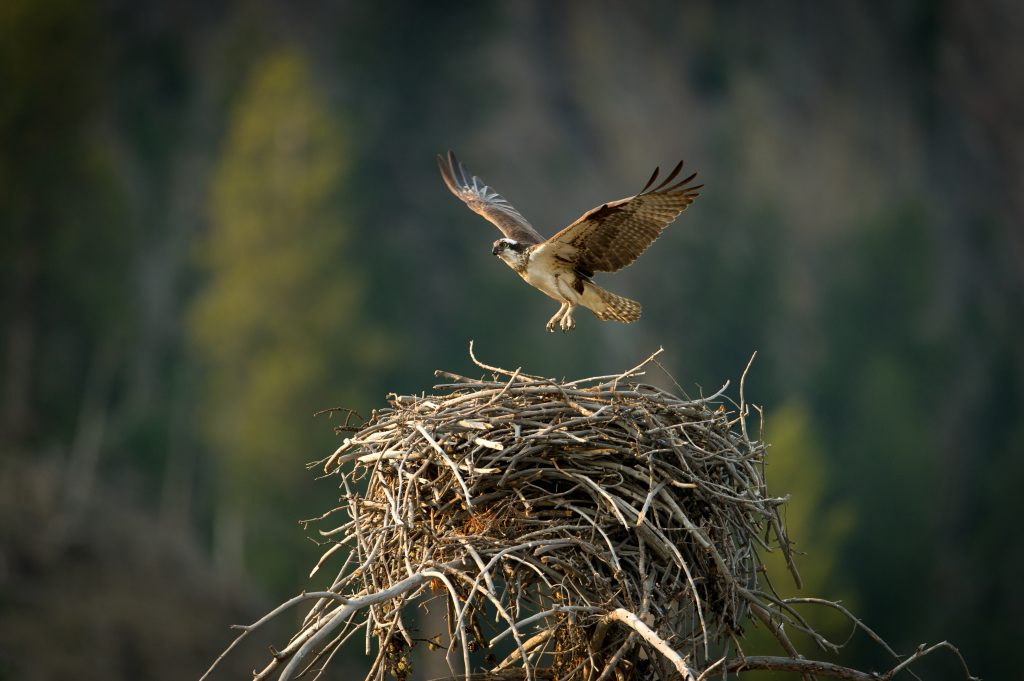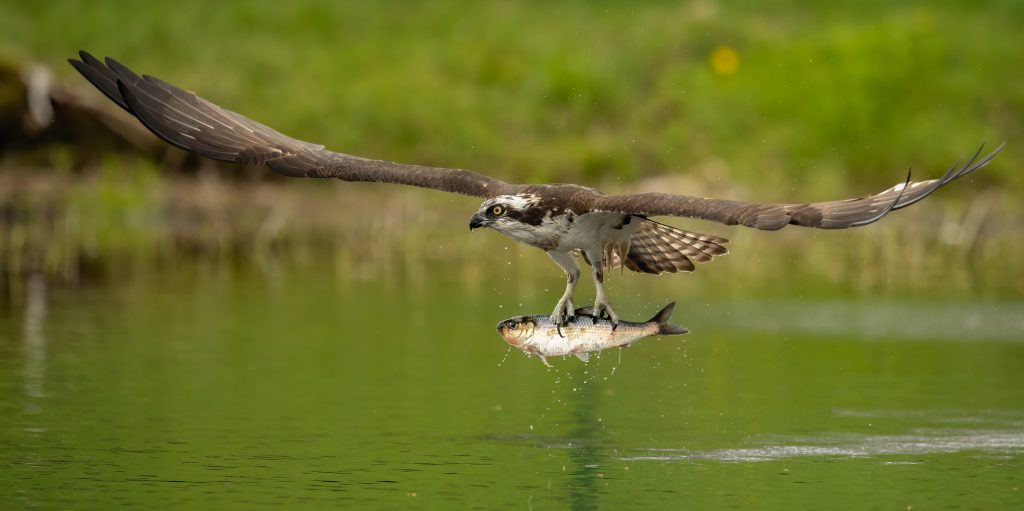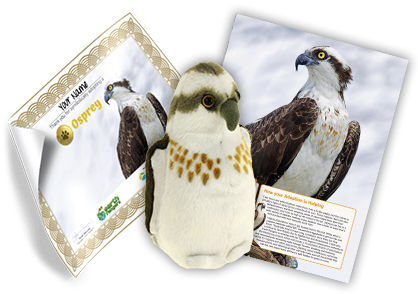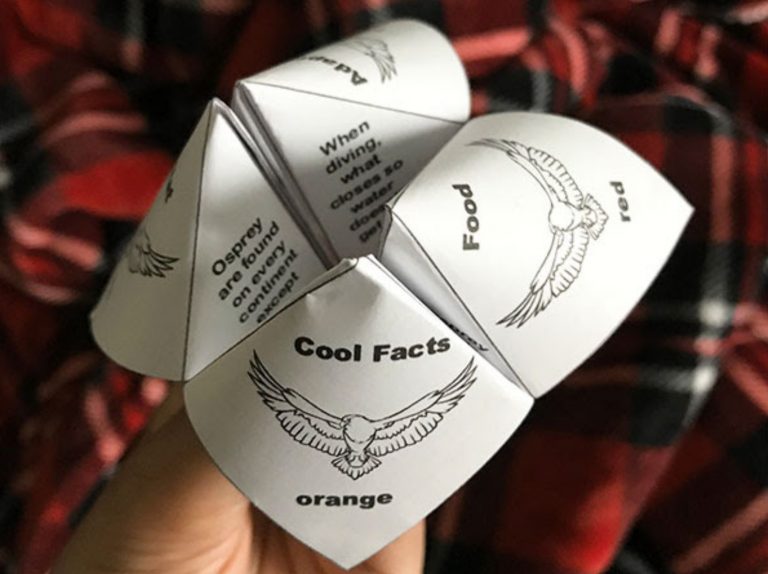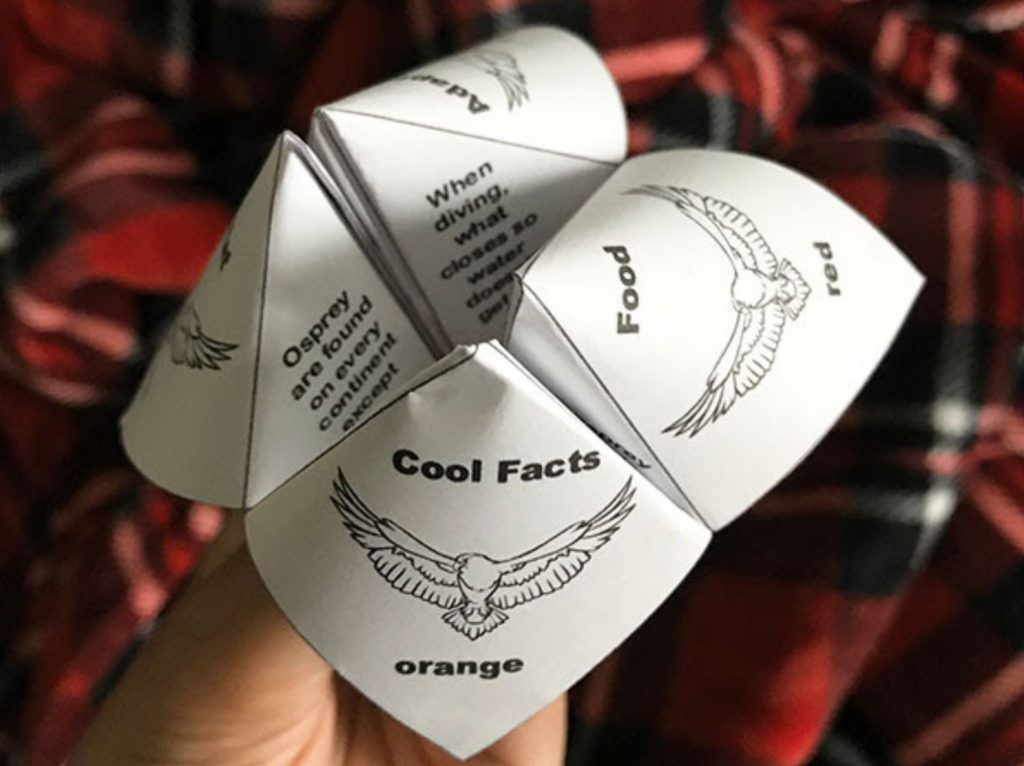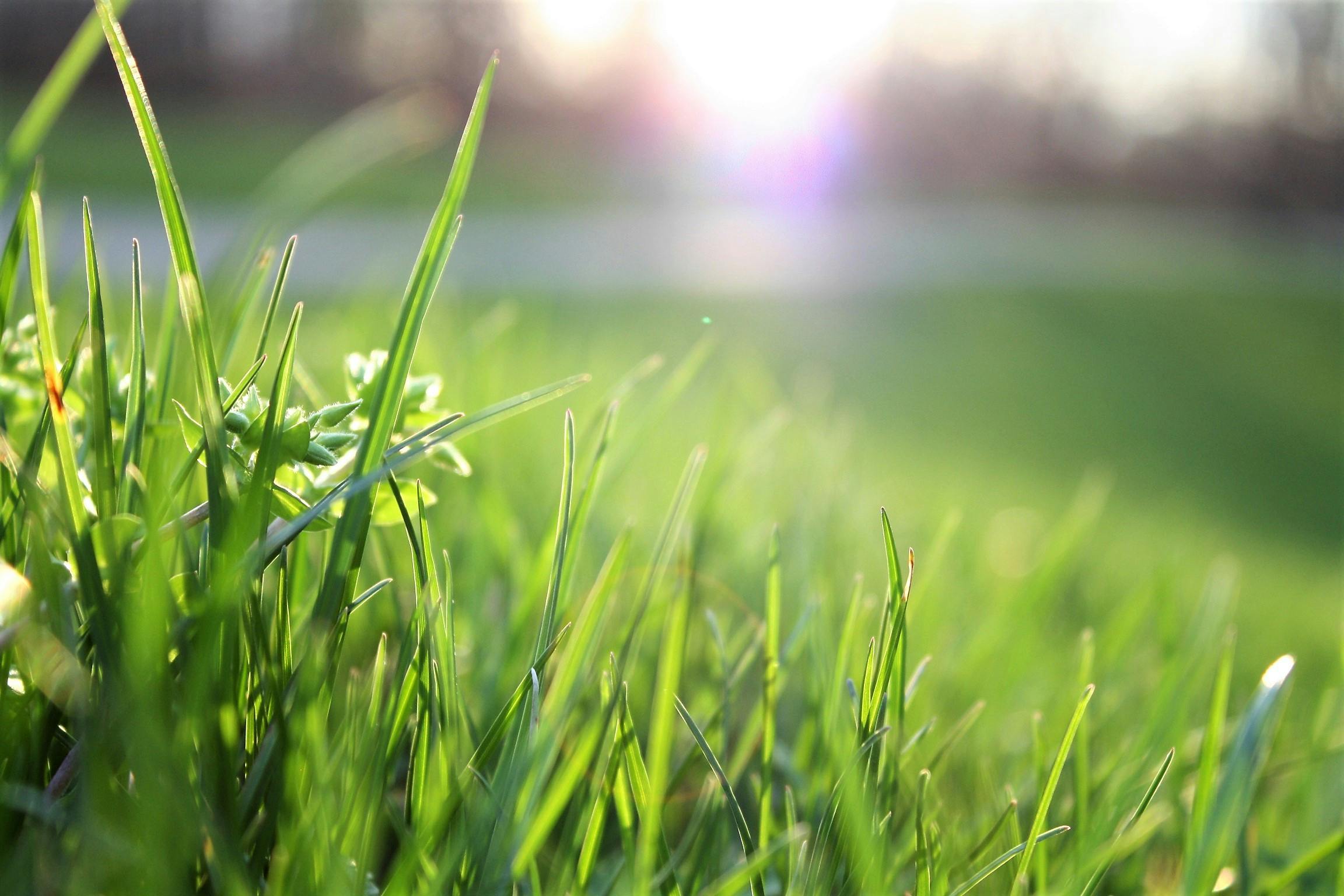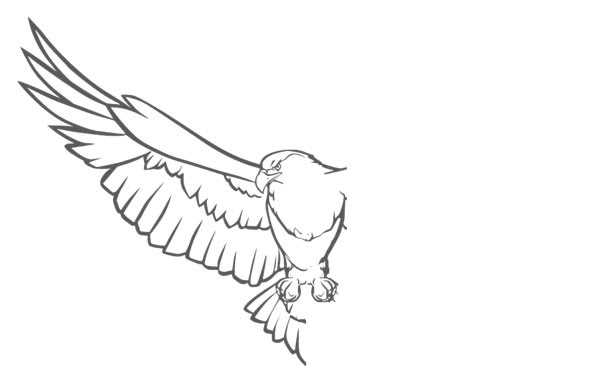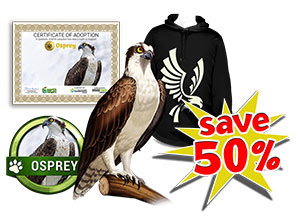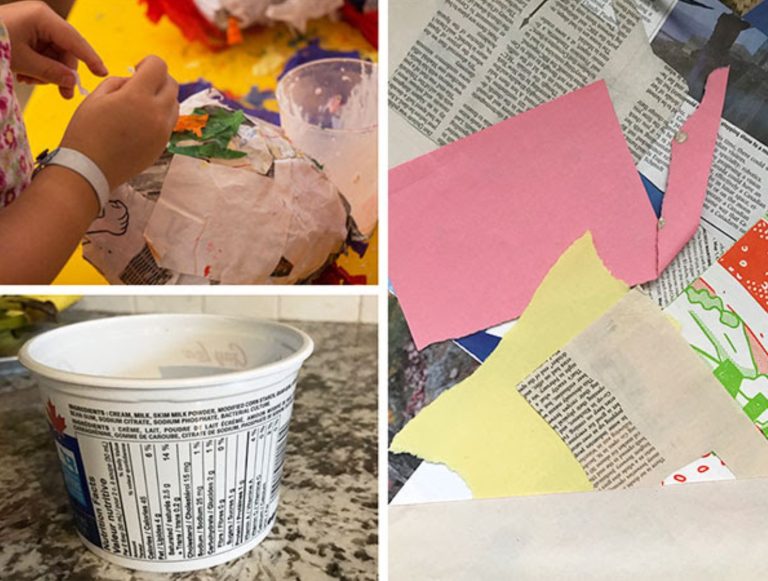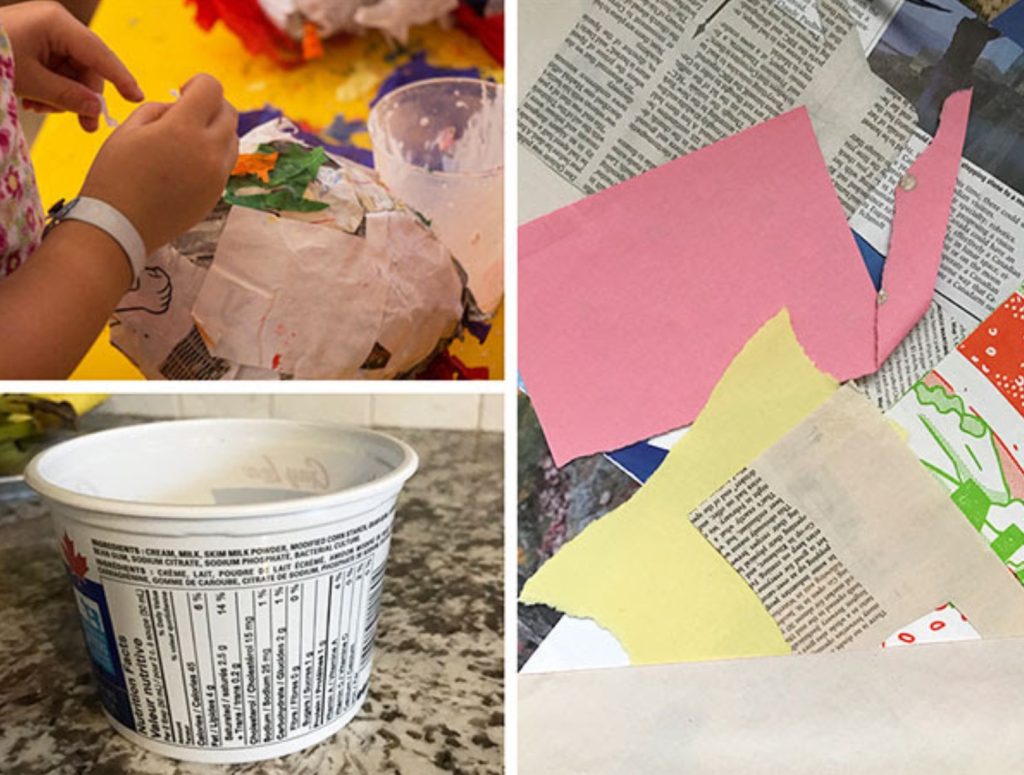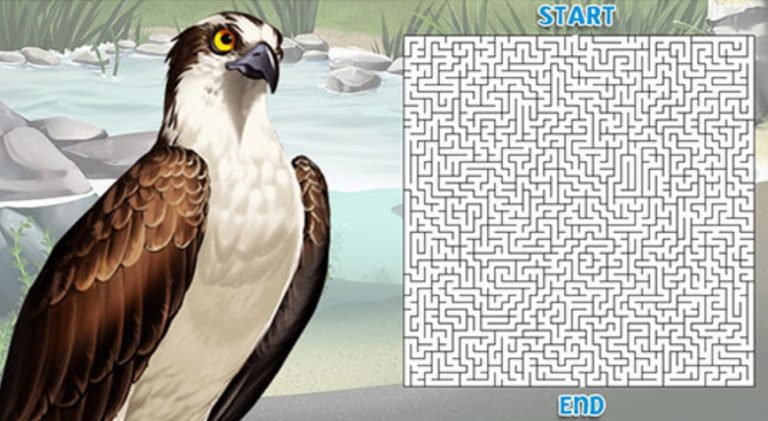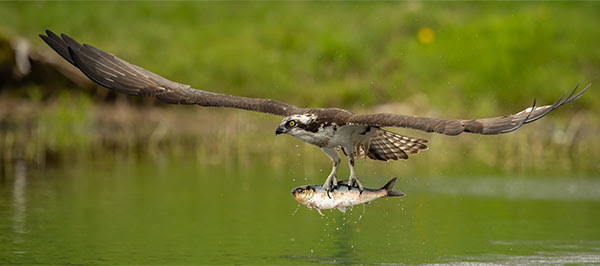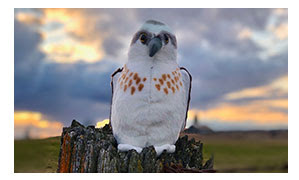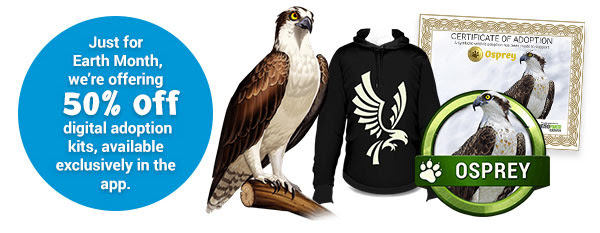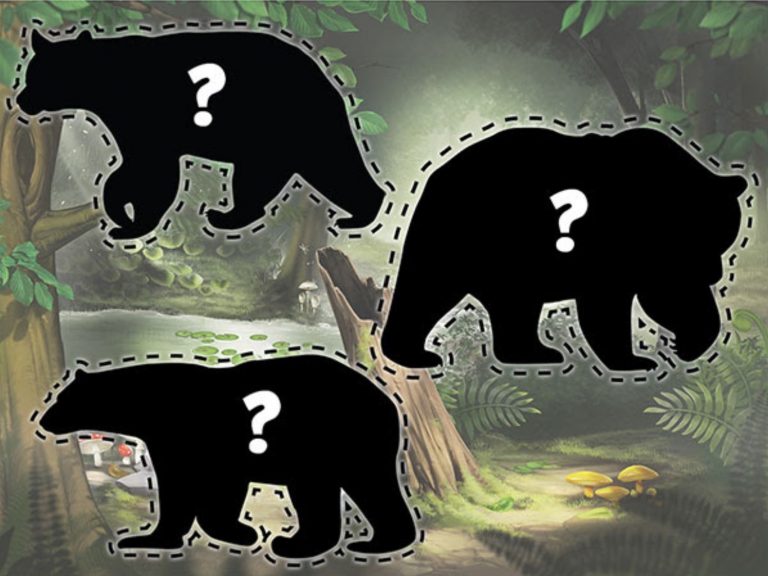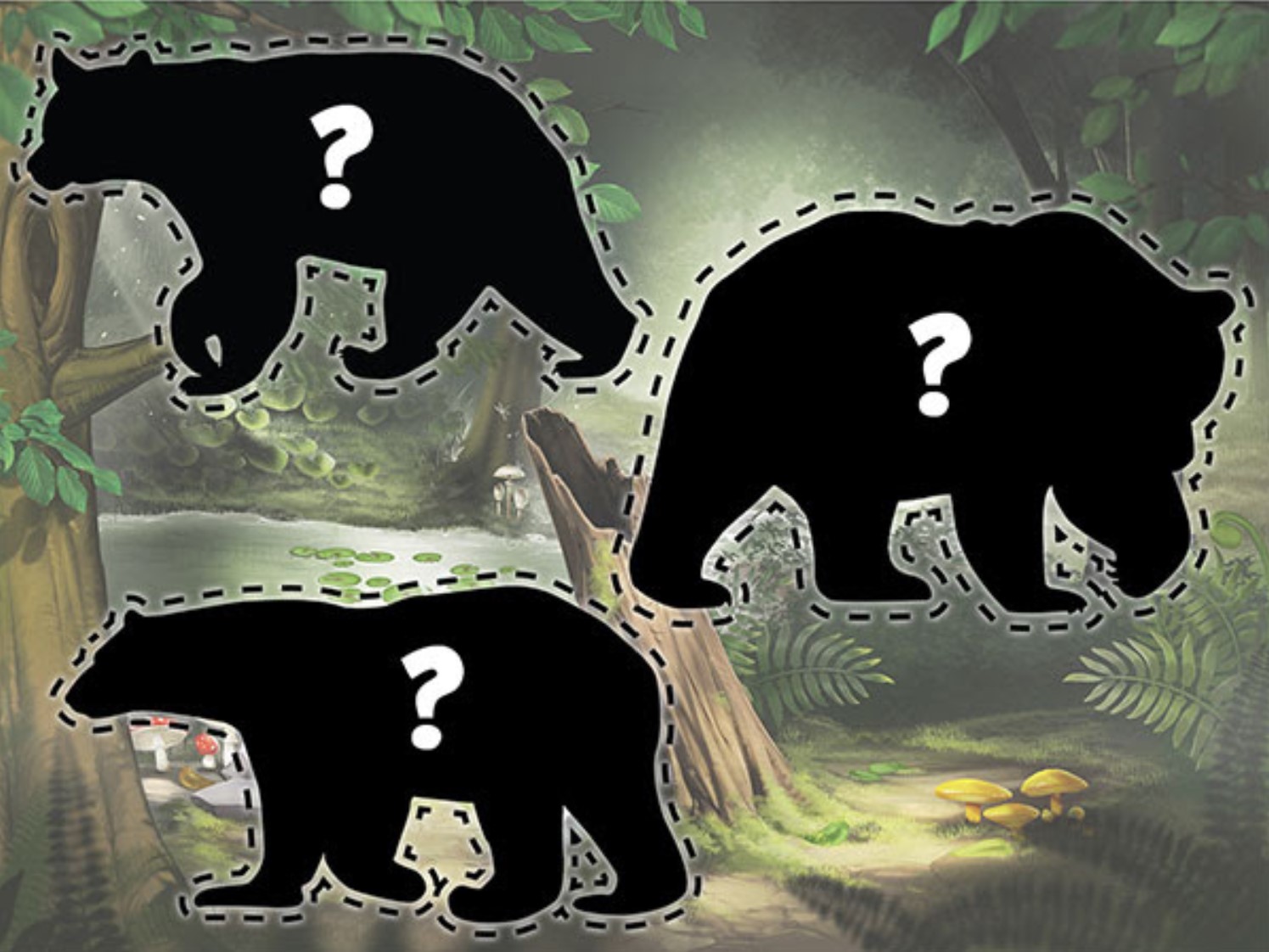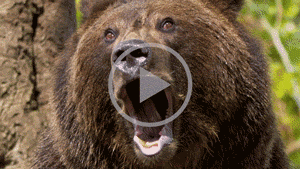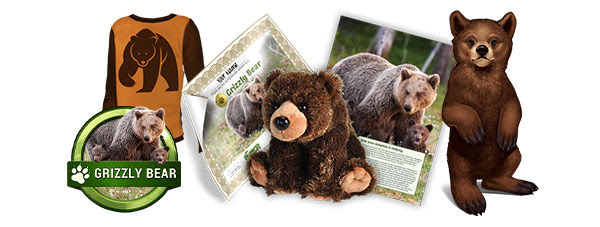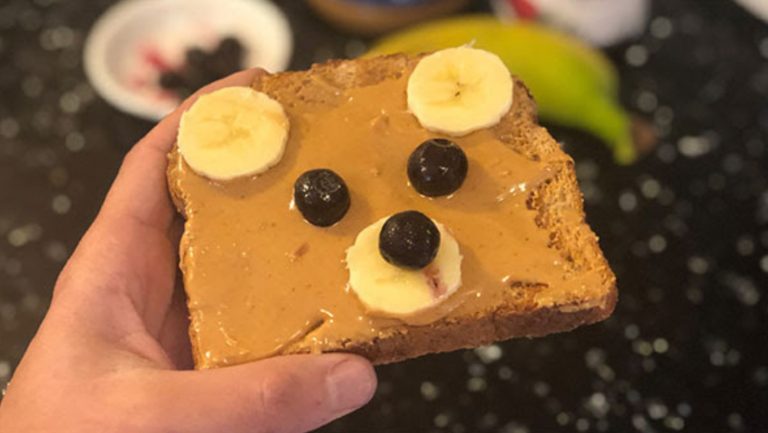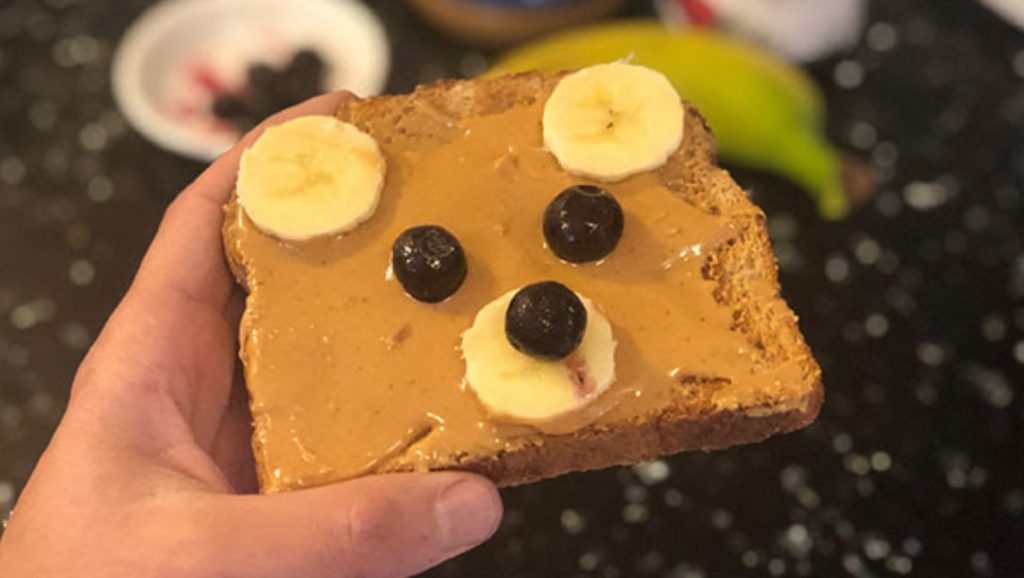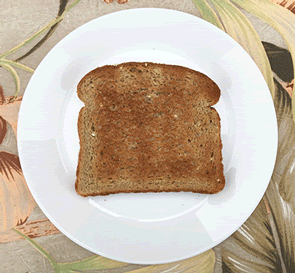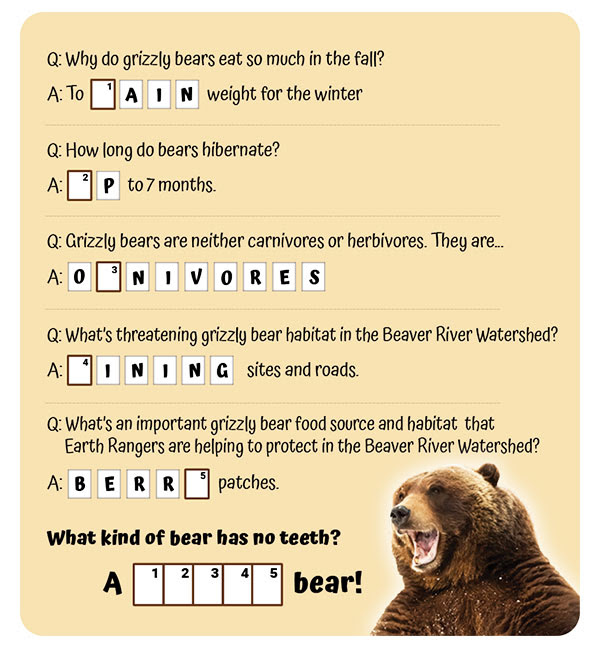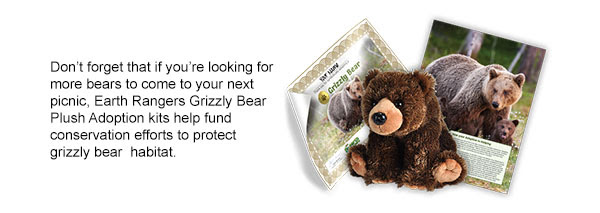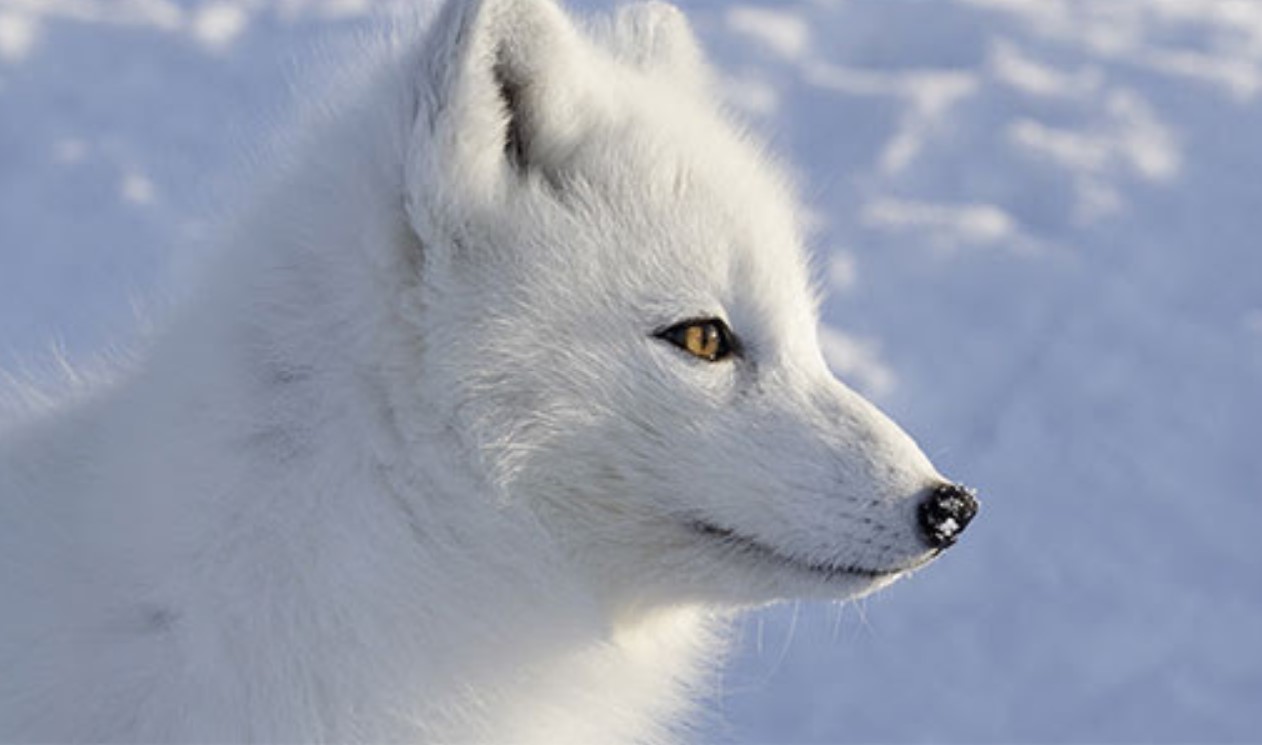
Every Earth Ranger knows that Earth Month is for the animals, which makes now the perfect time to highlight our animal adoption program, and the work our awesome conservation partners are doing to protect the future of the species. Each week we’ll feature one of our amazing project animals and share fun facts, project details, and of course exciting activities for you and your family to enjoy!
This week: Meet the Arctic Fox!
The Arctic fox is a small fox native to the Arctic tundra biome. It is best known for its thick, warm fur that is also used as camouflage, changing with the seasons, and its incredible ability to catch small prey moving under several feet of snow with pinpoint accuracy. Although the Arctic fox is still fairly abundant in the Canadian Arctic, they have been disappearing from the southern edge of tundra habitats around the globe. This is due to the secondary effects of climate change—sea ice and tundra are shrinking, competition is increasing due to the northward expansion of red fox populations, and prey are becoming less abundant.
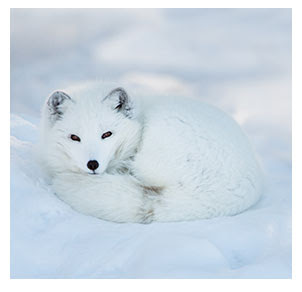
Our Wildlife Adoptions Program supports research, species monitoring, and habitat conservation across Canada! And if you choose to adopt the Arctic Fox, your adoption will help support McGill University researcher Emily Choy as she examines the effects of climate change on a common Arctic fox prey species—thick-billed murres—on Coats Island in the Arctic. Arctic foxes are frequently seen cruising the shores of Coats Island looking for seabird nests, where they will feast on murre eggs during the summer when colonies nest in the thousands. Protecting the integrity of these colonies is crucial in ensuring that this food source remains stable for Arctic foxes.
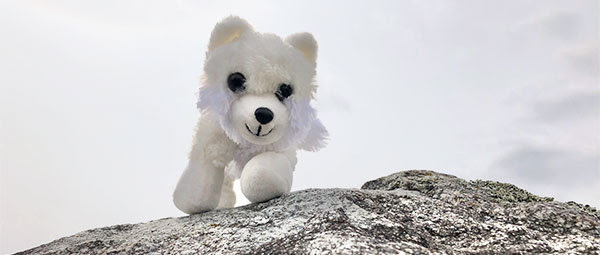
Wanna lend a helping paw to some pups in need? You can help support important research by purchasing an Arctic fox adoption kit! Plushie adoption kits include a certificate and a poster, and when you make your purchase through the Earth Rangers App your child will also earn points to help them level up on their Earth Rangers journey—plus a set of virtual rewards they can show off!
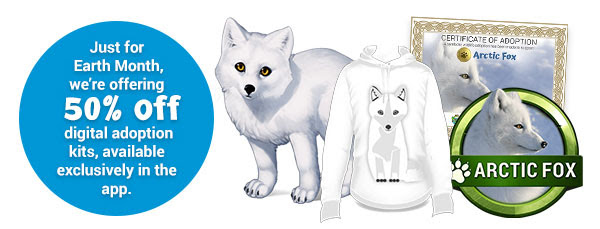
Arctic Donuts?!
Arctic fox or powdered donut? Take a look at this photo and see if you can spot the snacks vs the pups!
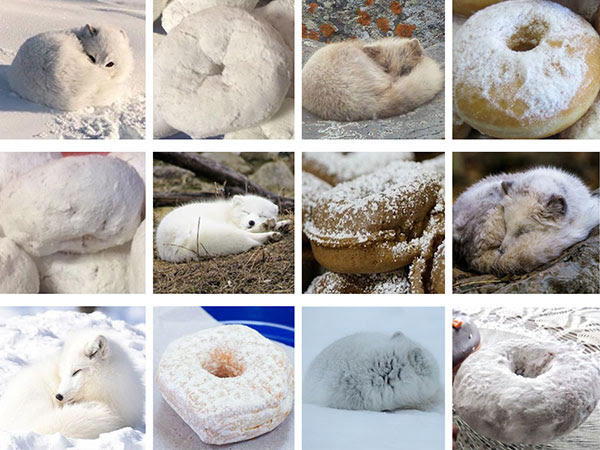
Of course Arctic foxes don’t enjoy powdered donuts like us… Do you know what, when, and how they eat?
Show your love of Arctic foxes by posting a pic of your family learning more about these awesome animals with the hashtag #EarthMonthforAnimals. Bonus points for sharing a fun Arctic fox food fact you learned by doing the quiz!







